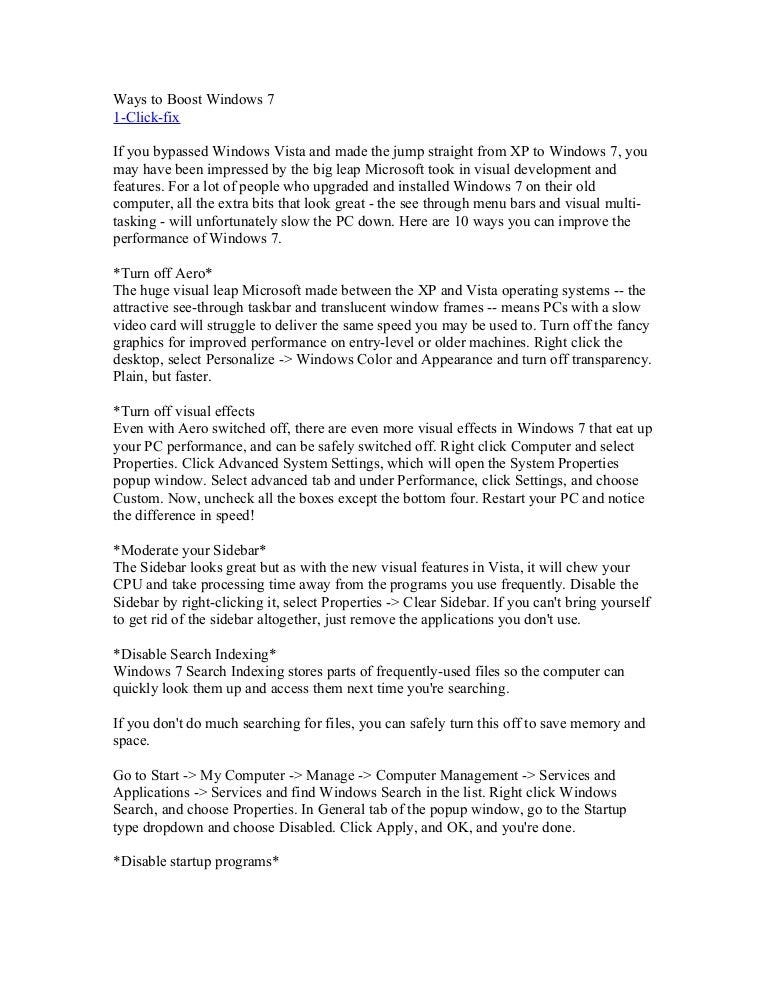
For example, you could disable half the extensions at once.

For example, on our Windows 10 PC, we saw extensions from programs like 7-Zip, Notepad++, NVIDIA’s graphics drivers, Dropbox, Google Drive, Malwarebytes, and Paint.NET.ĭisable Extensions in ShellExView to Troubleshoot

You will now see a more manageable list of the third-party shell extensions from the programs you installed. To hide all the Microsoft extensions, click Options > Hide All Microsoft Extensions. Those shouldn’t be slowing down your system. However, many of them are created by Microsoft and included with Windows. You’ll see a long list of Windows shell extensions. Download and launch ShellExView to get started. It runs on Windows 10 and older versions of Windows, too.

With that in mind, we recommend ShellExView, one of the excellent free utilities from NirSoft. But that’s a slow process, and we’re going to quickly pin down the problem. Yes, you can directly remove context menu entries from the Windows registry. Use ShellExView to View Third-Party Extensions


 0 kommentar(er)
0 kommentar(er)
